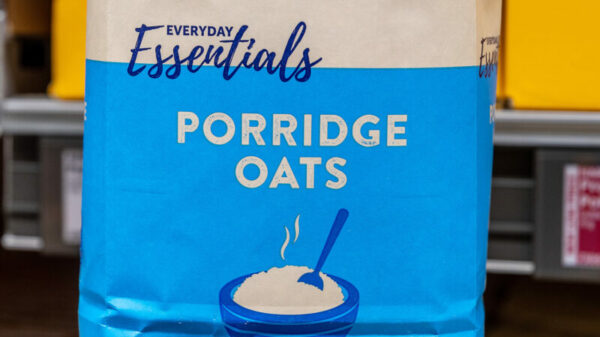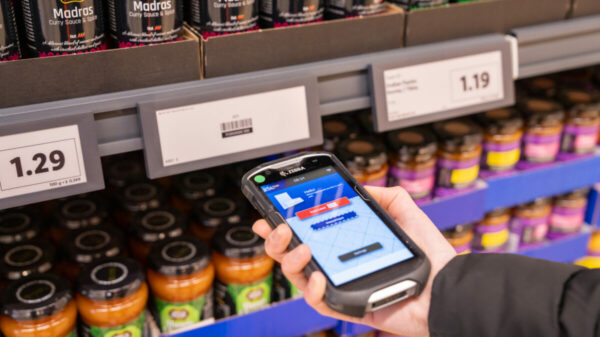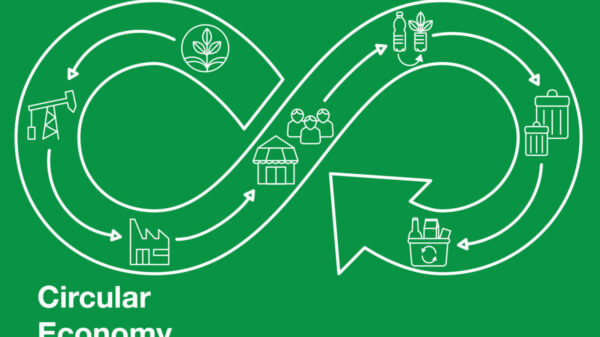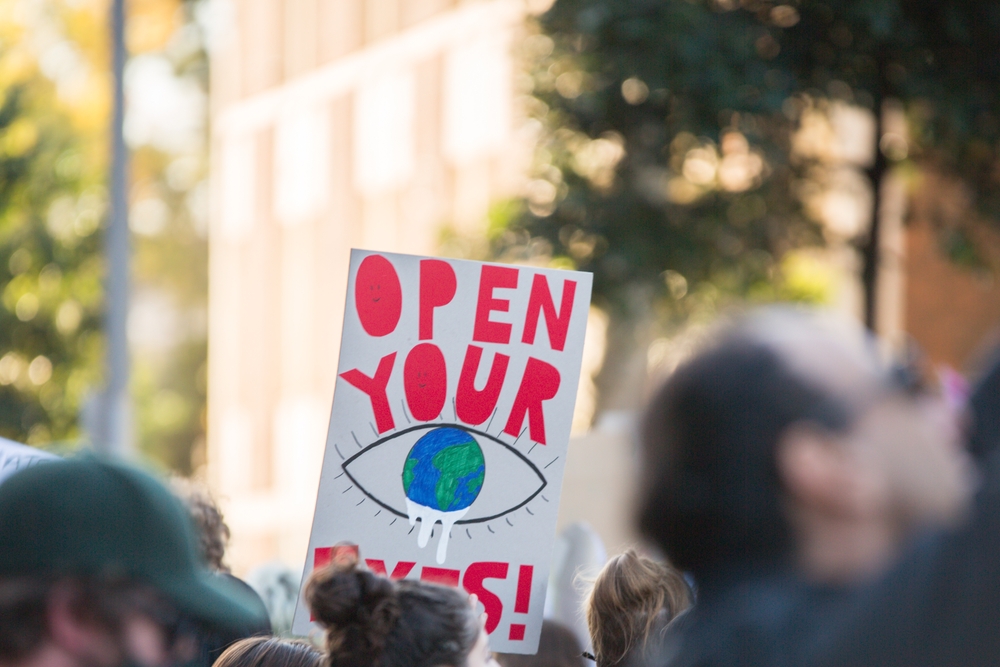Biffa has revealed that 1,370 tonnes of paper fibre that could be recycled is being wasted in the UK each year, as the recycling rate for takeaway cups is just 0.25% compared to 70.6% for general paper and cardboard.
New research from the sustainable waste management company claims that between 2.5 to 5 billion disposable takeaway cups are used annually in the UK, but only 1 in 400 are being recycled.
Takeaway cups are traditionally made of paper with a plastic coating that needs to be separated before recycling, which means they cannot be collected and processed with standard paper so are difficult to recycle.
Biffa also puts the statistics down to the fact that people don’t know this and think cups are widely recycled along with mixed recycling.
Cost and carbon emissions associated with recycling takeaway cups are also a problem, according to Biffa, as their shape means that a small number of them can potentially take up a lot of room, and so less material is transported per collection.
Biffa’s waste strategy and packaging manager Roger Wright pointed out that not all takeaway cups are the same.
He said there were “significant differences when it comes to engineering and developing the cups” as they are designed for hooding different types and temperatures of liquid, making it harder to know how individual cups should be processed.
The notion that takeaway cups are valuable to recyclers is also untrue, said Wright, as “the cups weight to volume ratio makes it an inefficient item to manage”, meaning “the total recoverable value is limited” unless they are crushed or stacked, which often isn’t the case.
Subscribe to Sustainability Beat for free
Sign up here to get the latest sustainability news sent straight to your inbox everyday
Wright threw out the idea that takeaway cups are simple to recycle, and explained that different types of coating make it “virtually impossible to tell them apart in most recycling systems if they don’t arrive at the recyclers properly segregated”.
To increase the recycling of these cups, the answer is to use consistent materials across brands, according to Biffa.
Wright said that “the biggest myth of all” is that cups with lids and sleeves attached can still be recycled if contaminated.
He added: “A widespread phenomenon of people using their empty cups as ‘mini-bins’ […] disposing items such as tea bags, banana peels, apple cores, crisp packets and used tissues into them.
“Although the intentions are to compact waste and avoid littering, this habit is contaminating recycling and causing valuable resources to be lost.”
Reuse within takeaway drinks services and consistency of materials used to make takeaway cups could be possible solutions to the problem but, in the immediate term, “businesses, consumers and waste management companies need to work together to recycle as much as possible”, said Wright.
In response, Biffa has launched a national takeback scheme providing a specialist system where collections and processing are cost and carbon-efficient, so a100% of a polyethylene lined cup can now be recycled.










